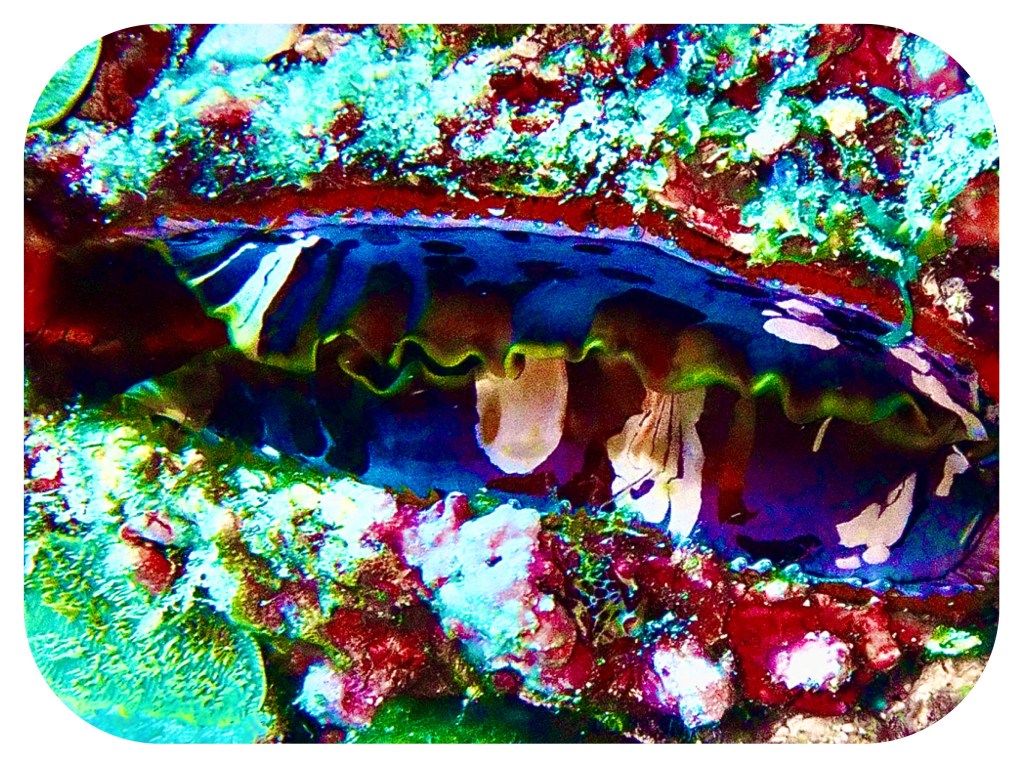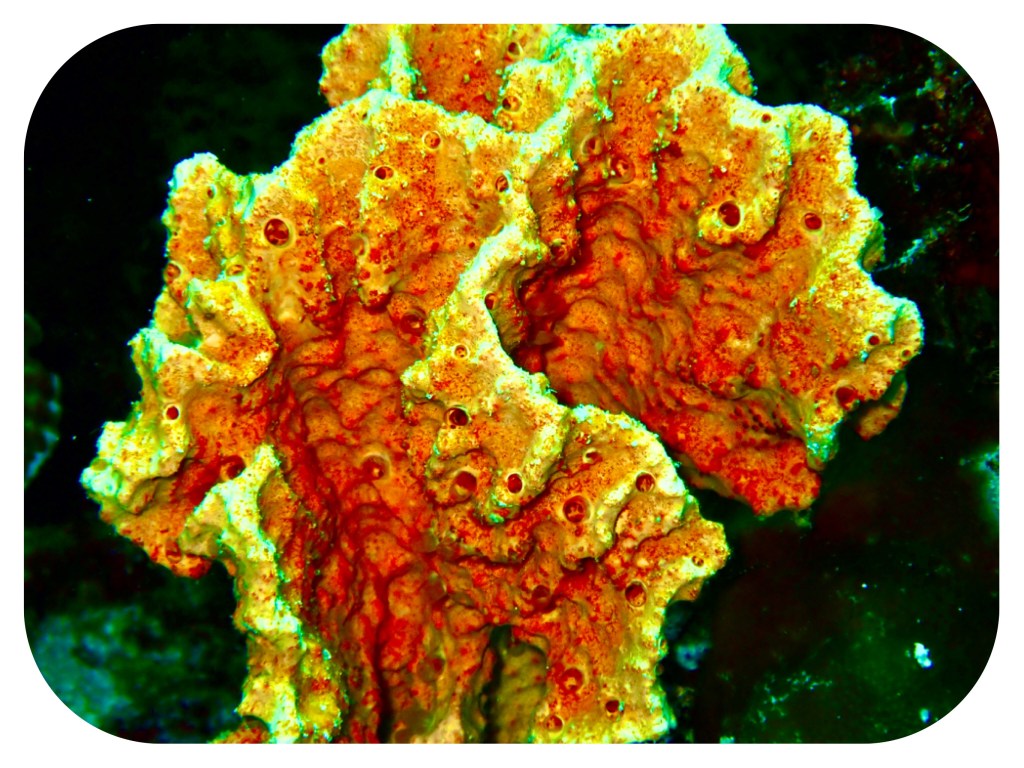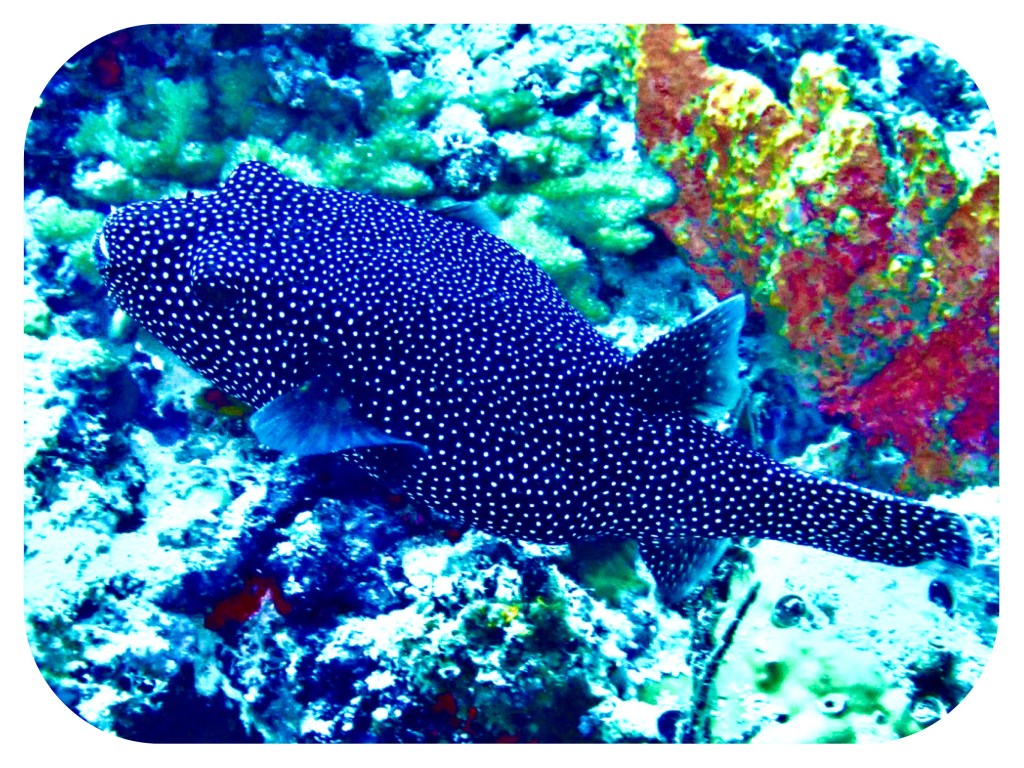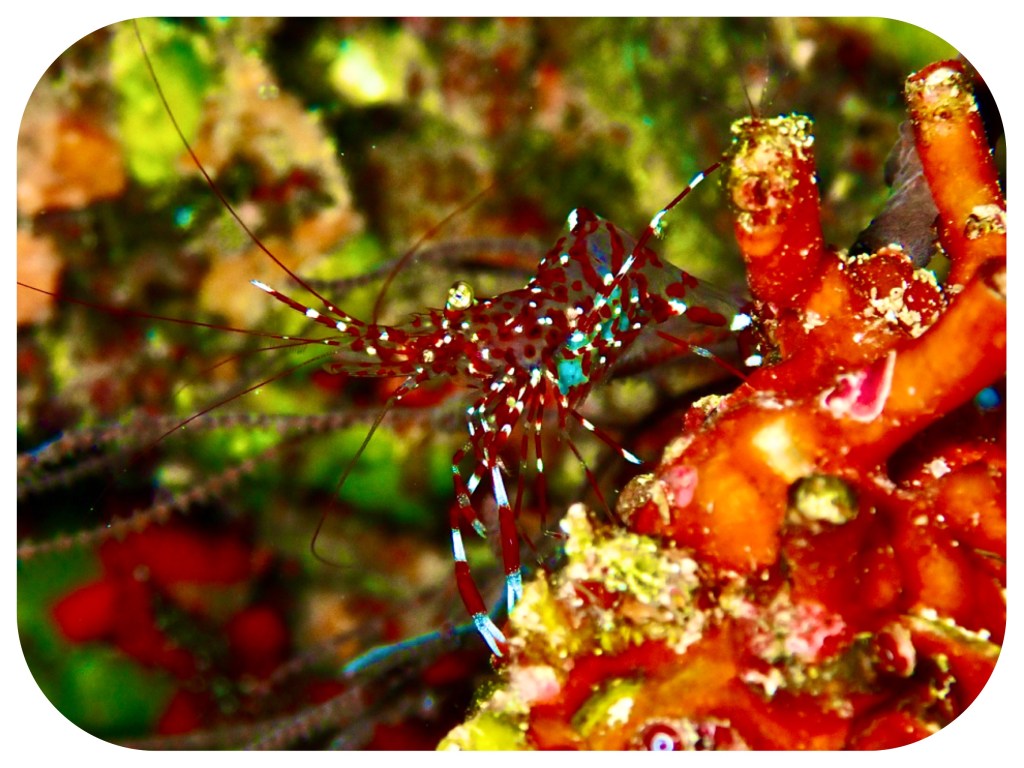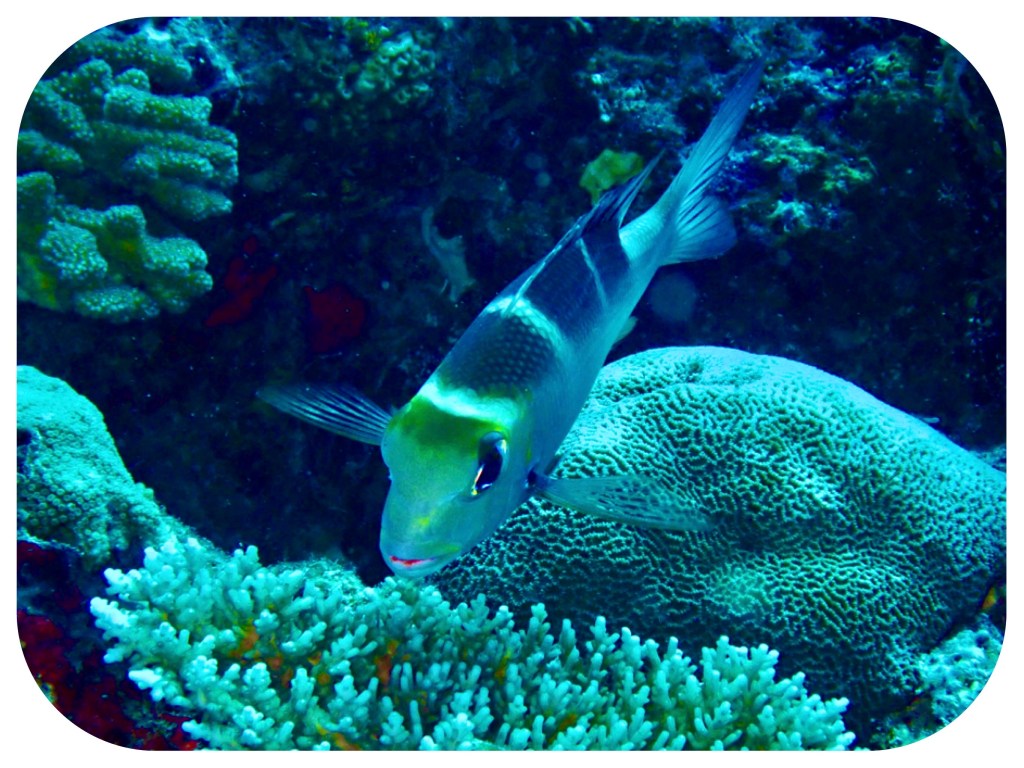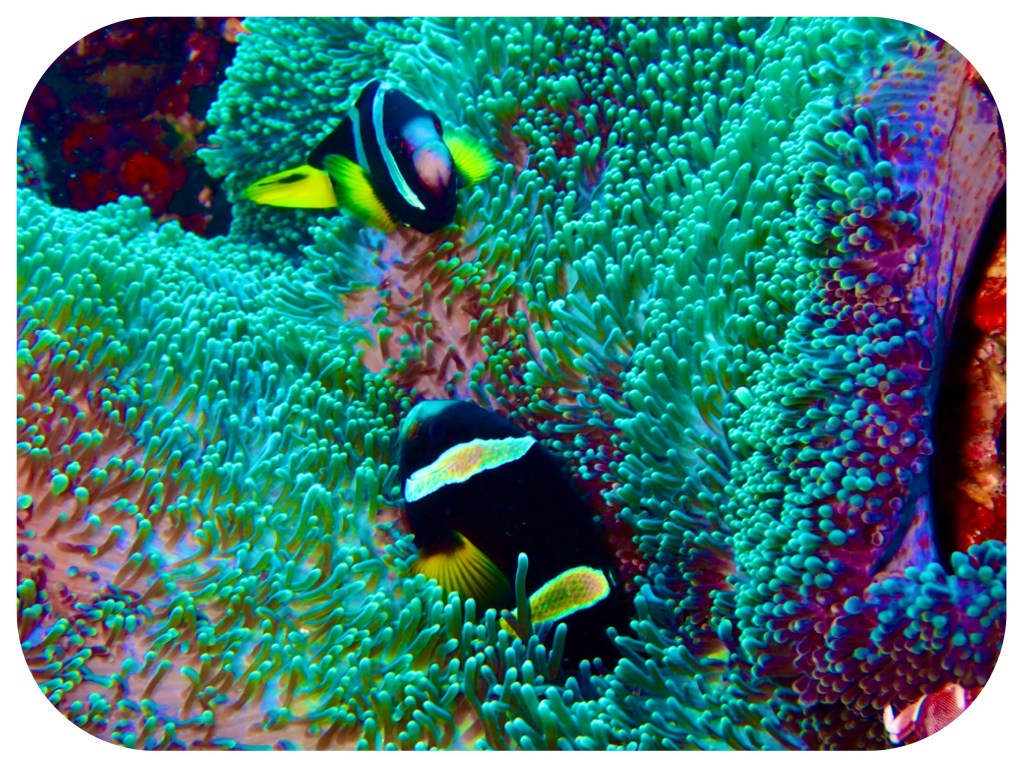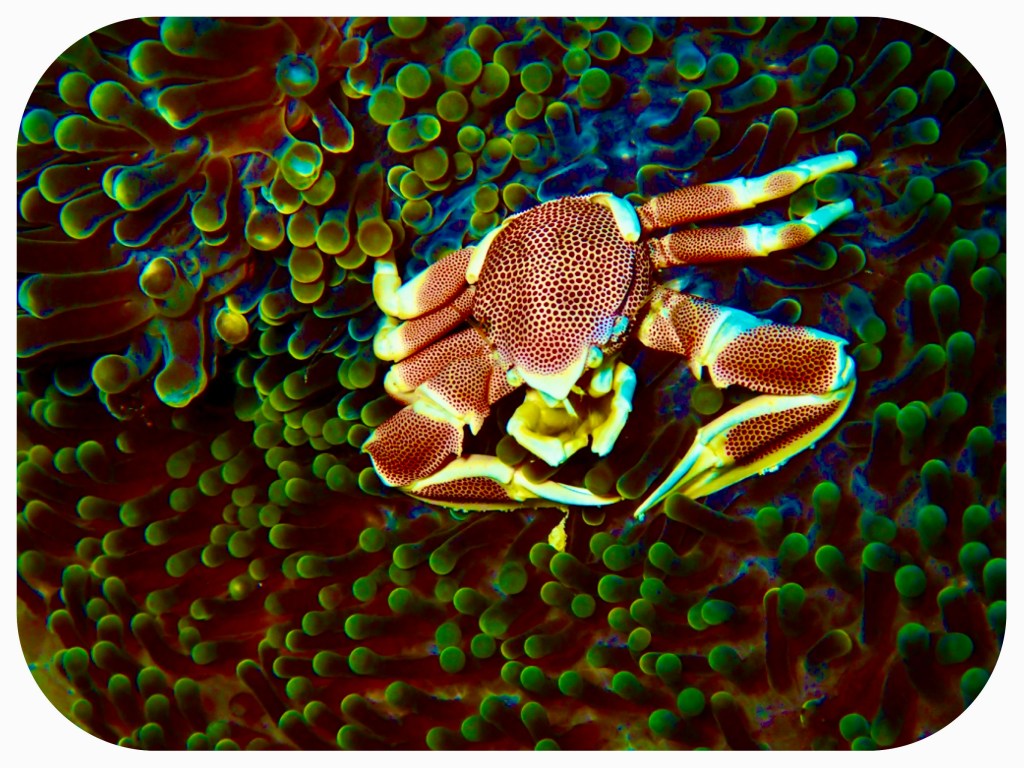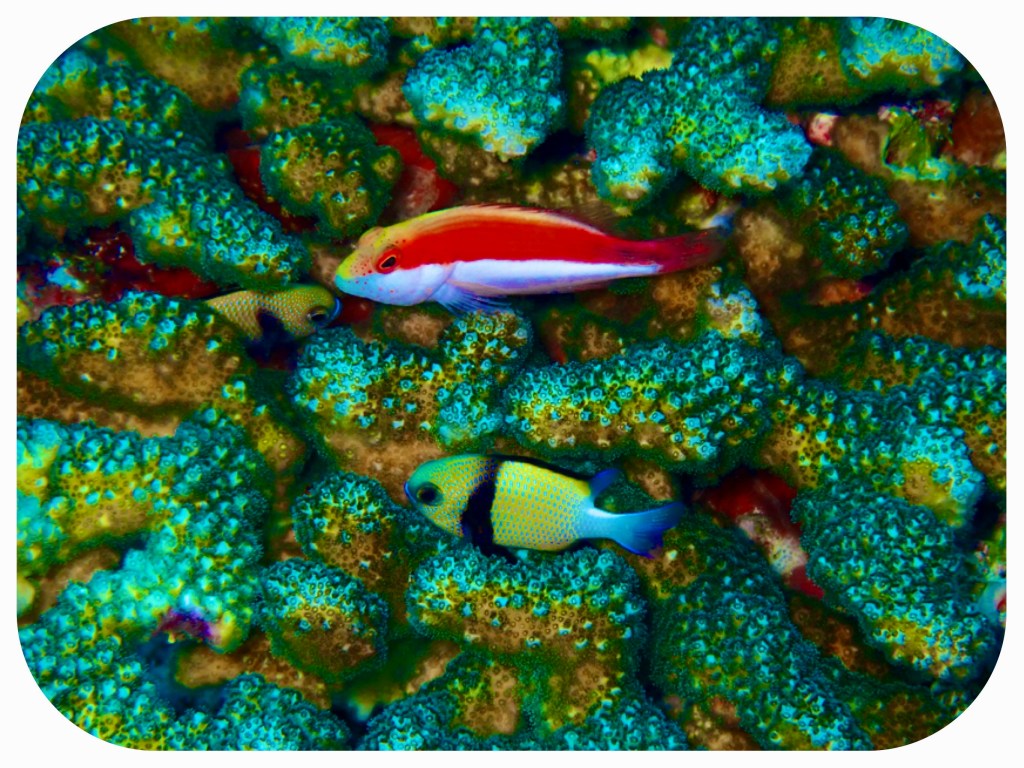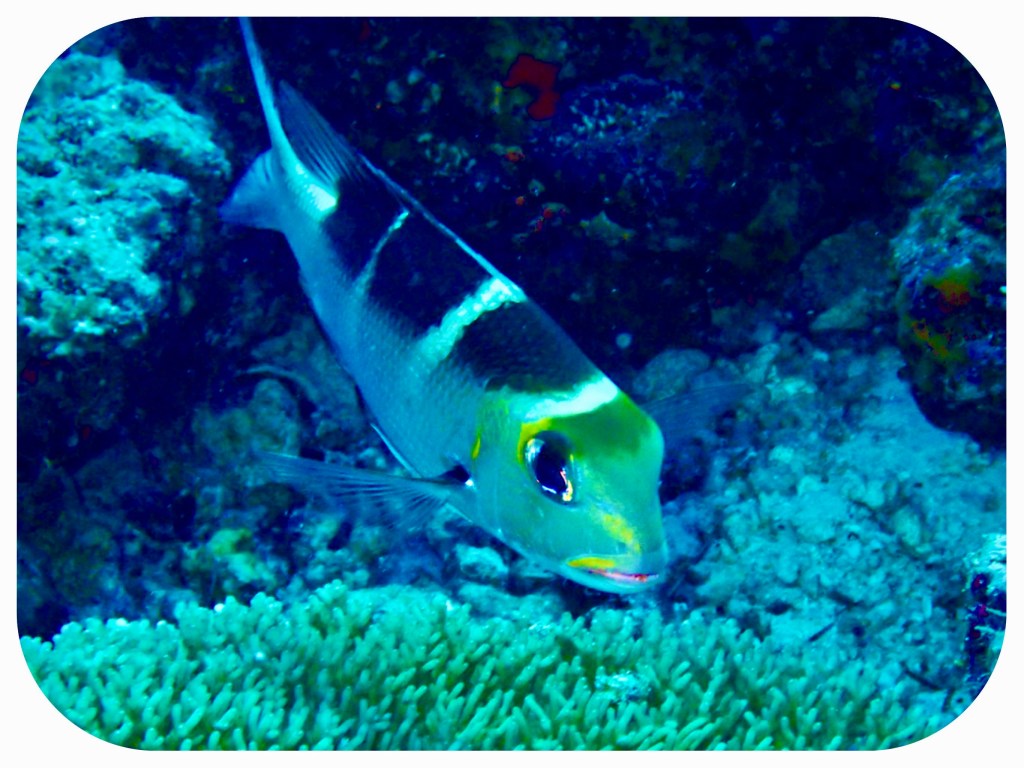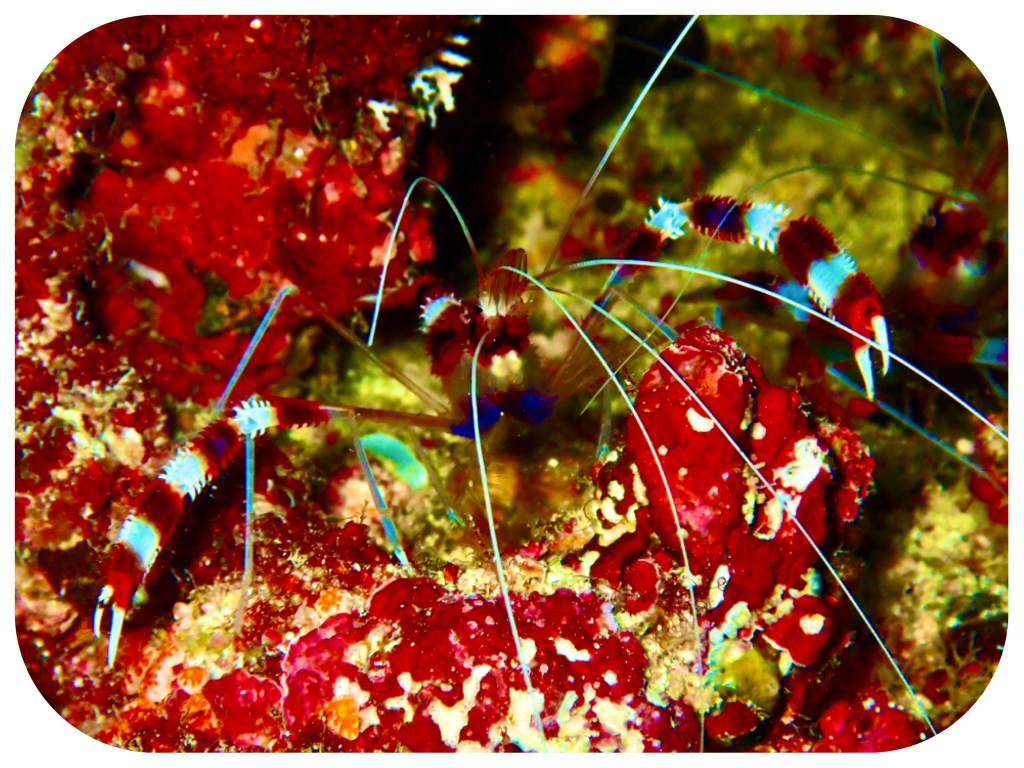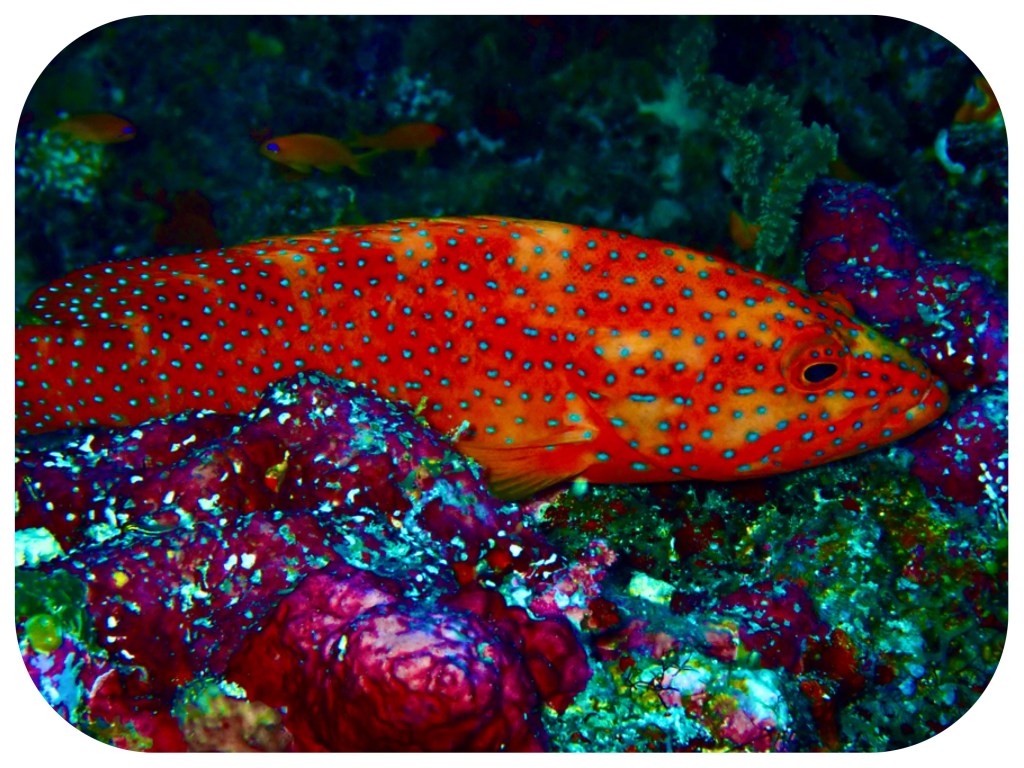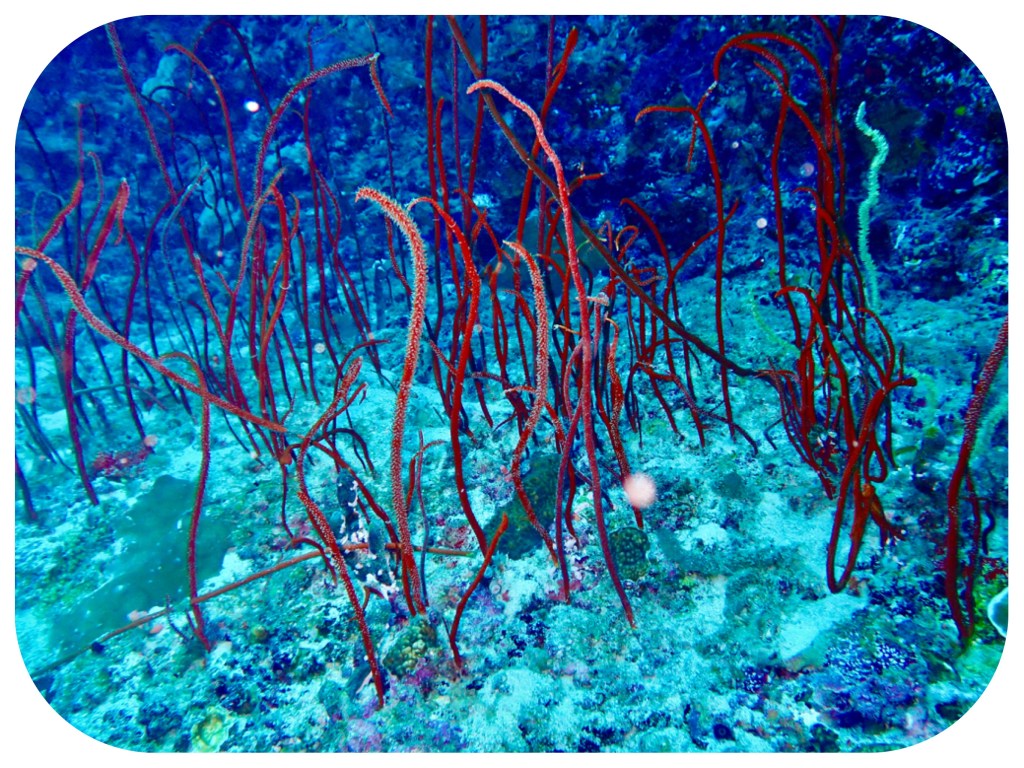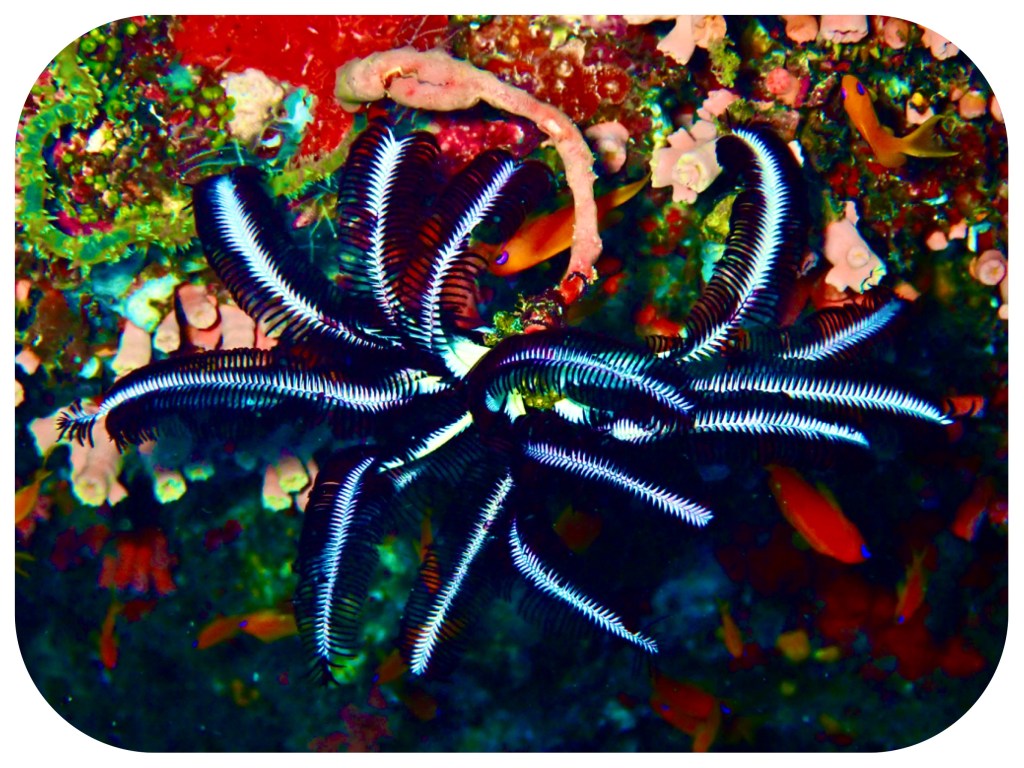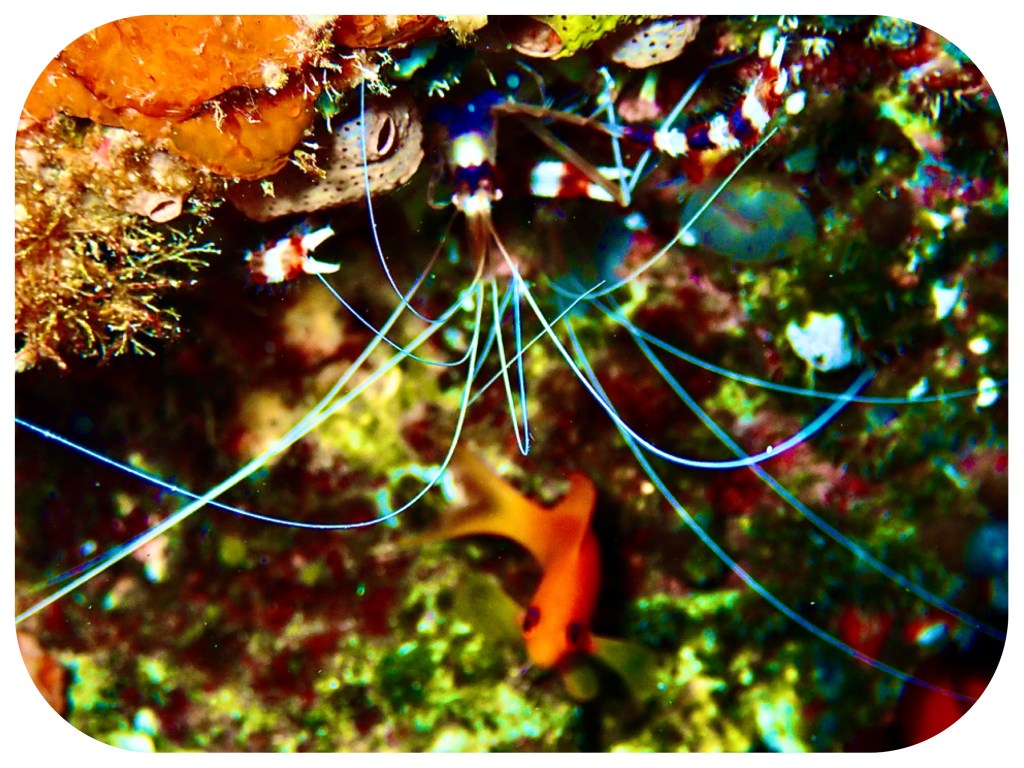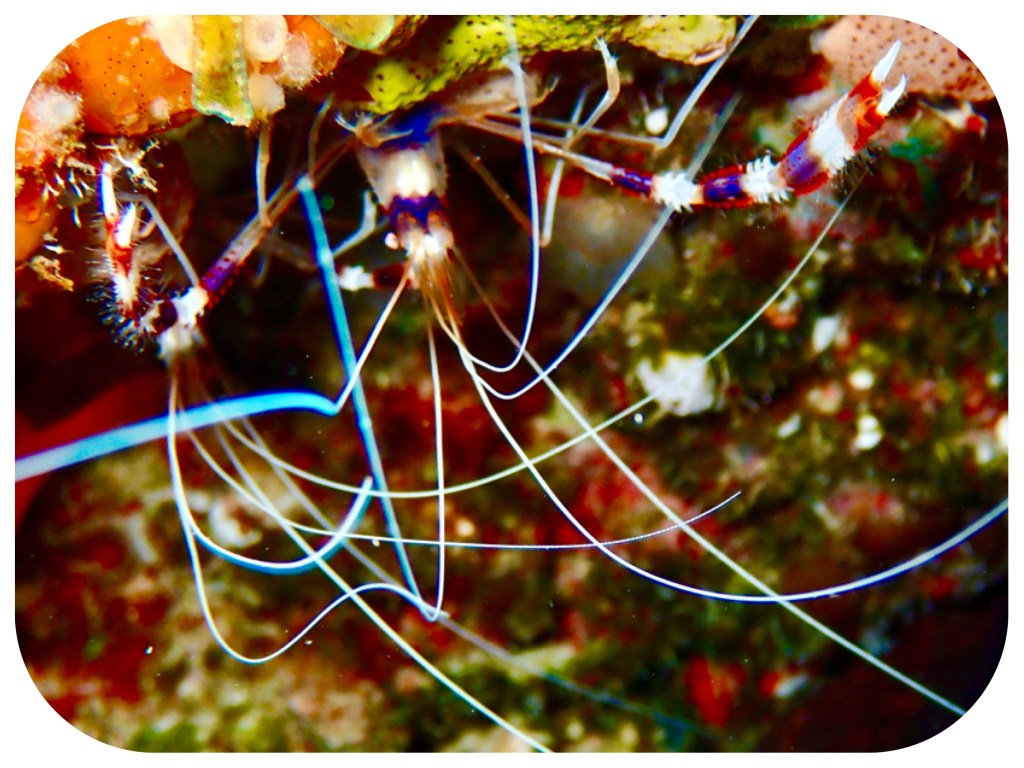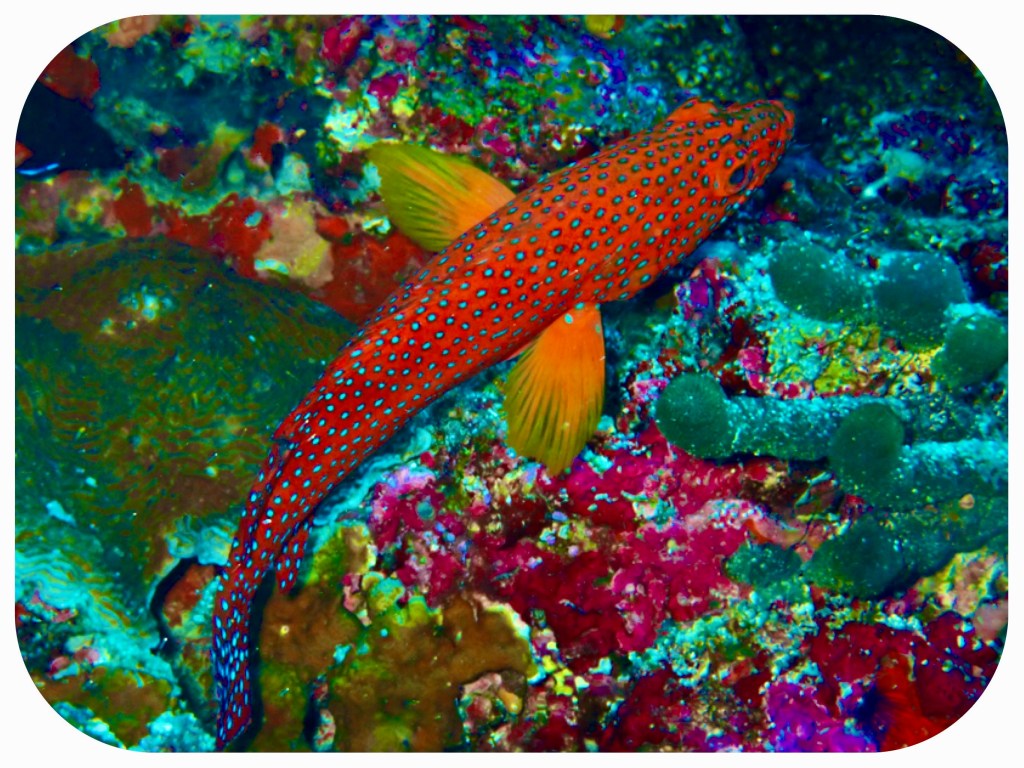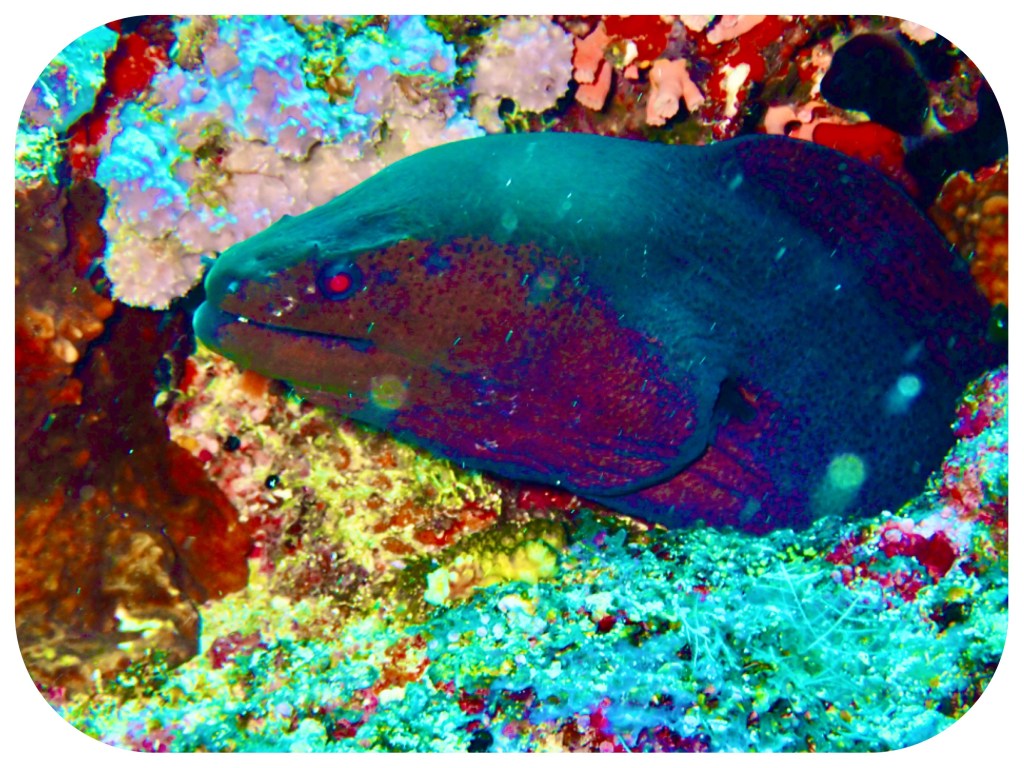Diving in the Fushivaru Outreef and Kuredu Express Dive Sites, In The Lhaviyani Atoll, Maldives
Diving in the Fushivaru Outreef and Kuredu Express Dive Sites, In The Lhaviyani Atoll, Maldives
I wish I had more time to explore more of the dive sites in this Atoll.
But my stay here was limited and I only got to dive in ten dive sites out of the fifty that surround this atoll.
The diving here depends very much on the direction of the currents, and on the time when we arrive at the dive site.
Each atoll is a collection of many small islands that form a ring.
The channels between the islands are places where the currents are strong, and often divers can see sharks, rays and large schools of fish.
These dives are exciting for many divers, although I love even more when the waters are calmer, when I can explore the coral reefs with their endless collection of colorful creatures and corals.
In fact, I have heard that there is a growing global trend of household aquariums filled not with tropical fish, but with colorful anemones and corals.
The Maldivian language uses terms like Thila, Giri and Faru, to describe three different reef structures, where divers can dive sites that have calmer conditions, rather than in the areas that are more exposed to strong currents.
I have learned more Maldivian diving terms in this atoll:
A “Thila” is an underwater mountain or a pinnacle, that is completely submerged in water even in low tide, and can be large or small.
Typically, the top of a Thila has a shallower depth of just a few meters and it gets deeper around it.
The coral formation is mostly in a circular shape, sometimes with nice overhangs to explore.
Thilas can be located inside the atoll or in the channel (kandu).
The pinnacle is often exposed to strong currents and is usually covered with amazing soft corals and sea fans.
Here in the Lhaviyani Atoll, there is a famous Thila that is called Anemone Thilla, which is covered with many hundreds of Anemones on the top.
On the day I dove Anemone Thilla, I saw two octopi mating and other small octopi hiding in small caves.
A “Giri” is a separate reef not connected to the island. They are similar to Thila, but the main difference is that the tops of these coral reefs may be exposed during low tides.
Most of the time around a "Giri" there are less currents, which makes them great sites for slow diving and night dives.
A “Faru” is a small fringing reef, often in the shape of a horseshoe.
The top of the Faru extends and is visible from the ocean's surface.
Sometimes a Faru can be very deep, more than 300 meters in depth.
The shallow perimeters around a Faru make them a popular place for snorkeling.
A “Kandu” is a channel that usually has strong currents, because it connects the inside of the atoll that is rimmed with small islands, with the outside of the atoll where the deep blue ocean surrounds the atoll.
A “Haa” is similar to a thila, but without any coral covering the top of the reef.
A “Fushi” is a name for a little island that is located on top of a faru. The outside of a Fushi can have strong currents and lots of sharks.
In conditions of strong currents, divers can dive the outer part of the reef or the inner part, depending on what they wish to see and what can be managed by the level of experience of the divers in the group.
In the Lhaviyani atoll, we also dive the corners of the reefs, not the whole reefs, which can be very large.
I love the coral wall dives because they allow a group to dive together without getting too crowded, as some divers can stay up and some down, and still see one another.
I love the routine of our days here.
Early morning I have a light breakfast of fruit, followed by two one-tank dives, with about an hour break in between the dives.
Then after our boat returns to the resort, we eat a great big lunch of mostly vegetables with either pasta or potatoes, and we also try some of the speciality salads.
We rest by the pool the whole afternoon, swim, sleep, read, practice our language studies or arrange the photos of the day’s dives.
We take showers and eat dinner under the stars, and usually fall asleep early, in order to get up early at six in the morning the next day. I am not looking forwards to going back home....
With love and light,
Tali


